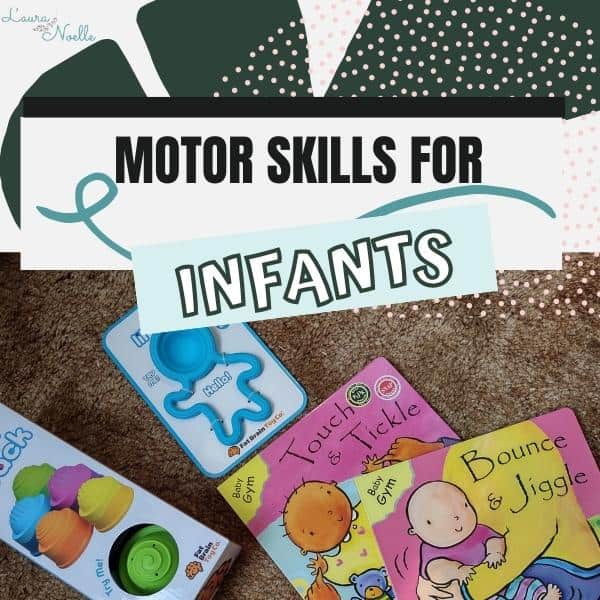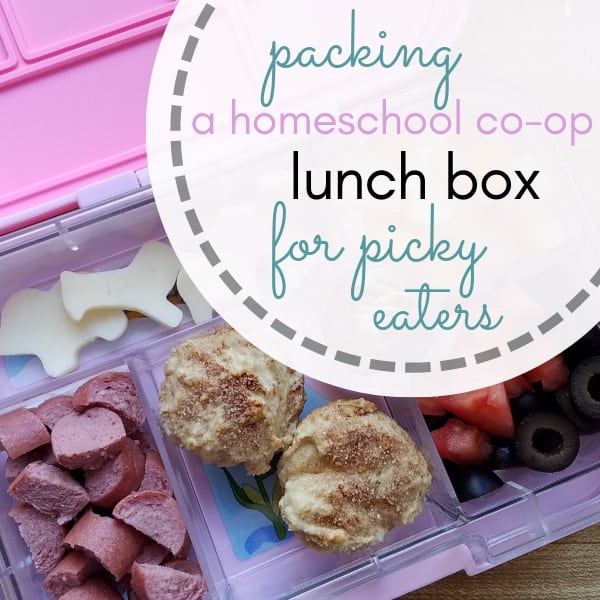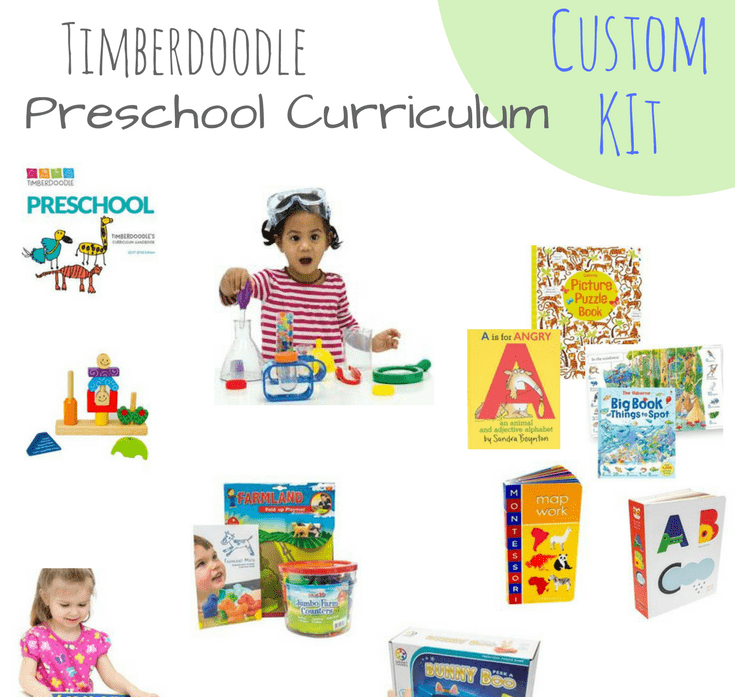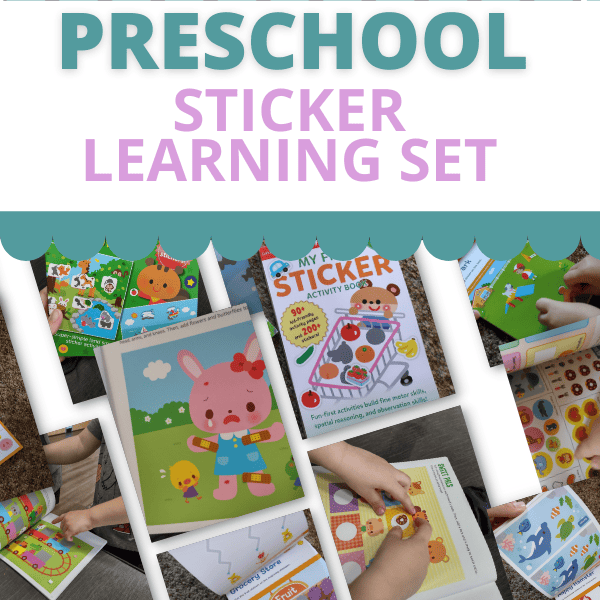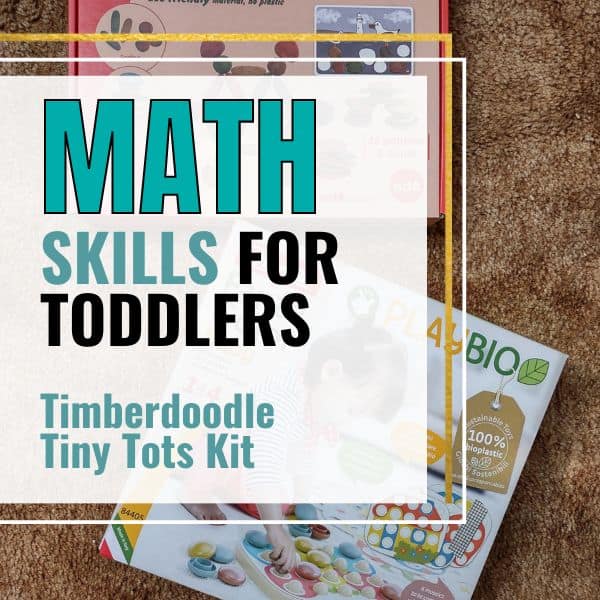Social Skills Activities for Today’s Kids || Ages 8-9
This post may contain affiliate links, which means I may receive compensation if you make a purchase using one of these links.
Your grandparent’s social skills won’t cut it in today’s world of texting, emojis, and diversity. How can we ensure our kids are prepared to be safe and exceptional citizens? Enter Social Skills for Today’s Kids.

Social Skills Activities for Today’s Kids Ages 8-9 features 75 fun activities and projects spanning over 4 main topic categories: making friends, being at school, going places, and being online. Each main category has 3-5 subtopics and activities under it to really dive into each aspect of social life.
A special thanks to Timberdoodle Co. for providing us with a complimentary copy of Social Skills Activities Ages 8-9 in exchange for our honest review. All opinions are our own!

I’ve always loved how Timberdoodle curriculum kits feature Emotional Intelligence as a subject for infants through kindergarten. This year they expanded that category to 1st – 3rd grade with new Social Skills books and activities.
Social Skills for 8-9 came with our 3rd Grade curriculum kit, and is also available individually.
Making Friends

First up is the always important topic of making friends. How do we meet new people? What is okay and not okay to say when you meet someone? Your student will practice many elements of friendship including phrases to say to someone you just met, questions to ask a friend, and compliments you can give.

You’ll have conversations with your child about rules in your home when they have a friend come over, and how to navigate the rules at their friend’s homes, including how to talk respectfully to friend’s parents.
Being At School
Being homeschooled, I was concerned that this section wouldn’t apply to our family, but, the main concepts taught are conversations with others, personal space, making good choices, working together, etiquette for eating together, cleanup, respecting others, being inclusive of differences, conflict resolution, playground/park behavior, and respecting adults.

While these topics are taught with the angle of a traditional elementary school, with a little conversation, it’s easy to change the setting to homeschool co-op, the local park, summer camp, Sunday School, or any group activity. The basics of etiquette and positive behaviors are universal.
I read the pages out loud to my daughter as she is still a beginning reader, and it was very easy to skip sentences that were overtly about traditional school and change them to a setting my daughter understood well.

I really liked the various sections that go in-depth about being inclusive with people with disabilities and people who appear different from you, as this is something every child faces as they seek to understand the world. I also like how each section has a page with a longer story scenario that they are asked to respond to and explain what they think about it and why. This is a powerful method to help children use their critical thinking skills to make decisions, form opinions, and solve problems related to their social worlds.
Going Places

The book covers 5 main topics about going places: at the store, at the library, at a restaurant, out with pets, and out and about. This is truly one of my favorite sections because unfortunately, especially as homeschoolers, our kids are scrutinized when they are out and about in the world. Teaching real-world kindness and respect goes a long way, as does navigating embarrassing moments, learning how to order at a restaurant, practicing how to speak respectfully to restaurant staff, learning how to act around a service animal, and understanding how to ask personal questions.

One might say, well, aren’t all those things parents should just be teaching their kids all the time? Well, yes, but rarely are we sitting down with our kids and going over 10 different circumstances they might encounter at a restaurant. The value of a book like this is that it gets to teach a wider variety of possible scenarios and how to deal with them, should they ever arise.
Being Online

This online world is still fairly new in the scheme of history. Growing up, we didn’t have the internet in our home until I was in middle school and I didn’t have a cell phone until I was 17. My children, unfortunately, or fortunately, were born into the digital world and have been immersed in technology from the start.
Because I didn’t navigate the online world until I was older, there are things I just don’t think about when it comes to young minds learning from scratch. I love these pages as they set out very clear conversations to discuss with my kids: what personal information should or should not be shared, and with who, guidelines for sharing pictures, what locations and websites are safe to access, thinking about your picture or message before sending it, and website safety.

It also has an excellent lesson on feelings and emotions in digital messages versus in person or on the phone when you can see and hear tone and expression. And of course, choosing appropriate emojis and making good choices.

The book ends with a short My Social Skills Handbook which highlights the key points in each lesson for the student to hang onto. You can check out Social Skills for 8-9 in the 3rd Grade curriculum kit, and also individually.



